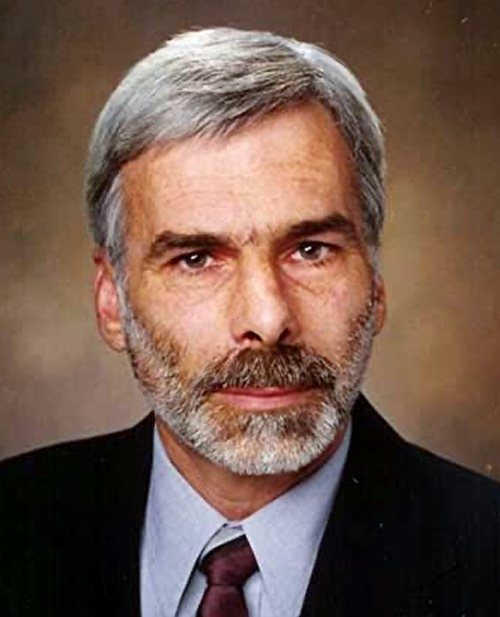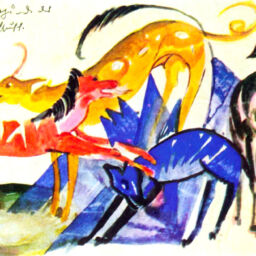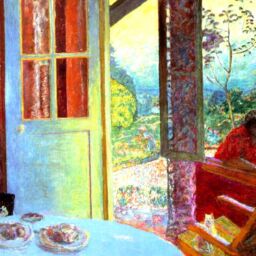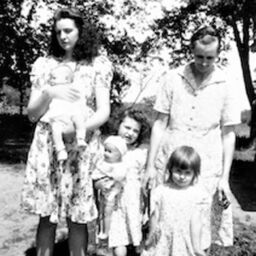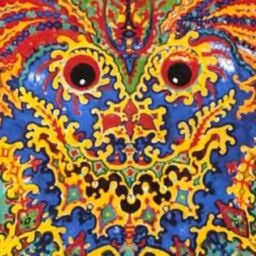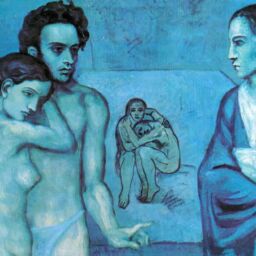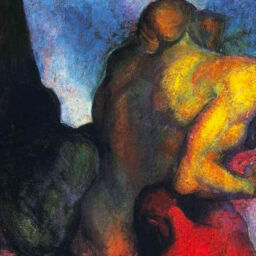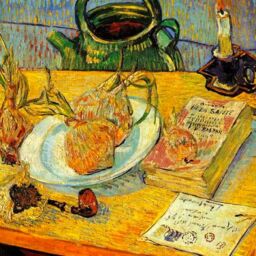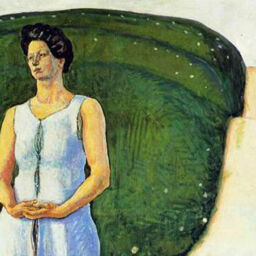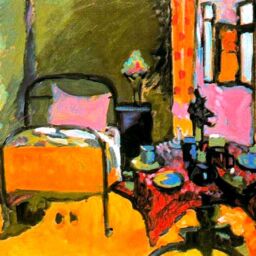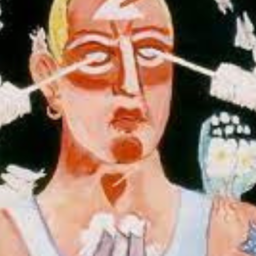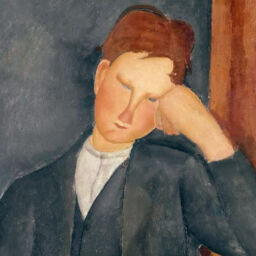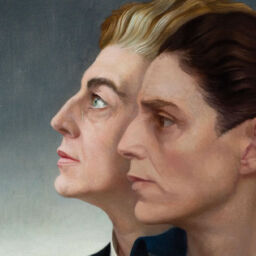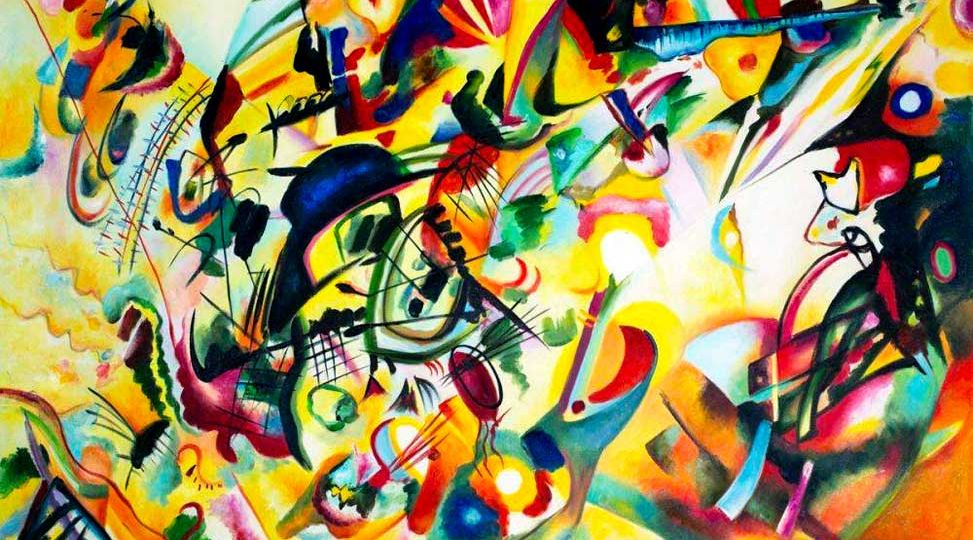
Egosyntonic and Egodystonic
Mark Hunziker, June 5, 2013
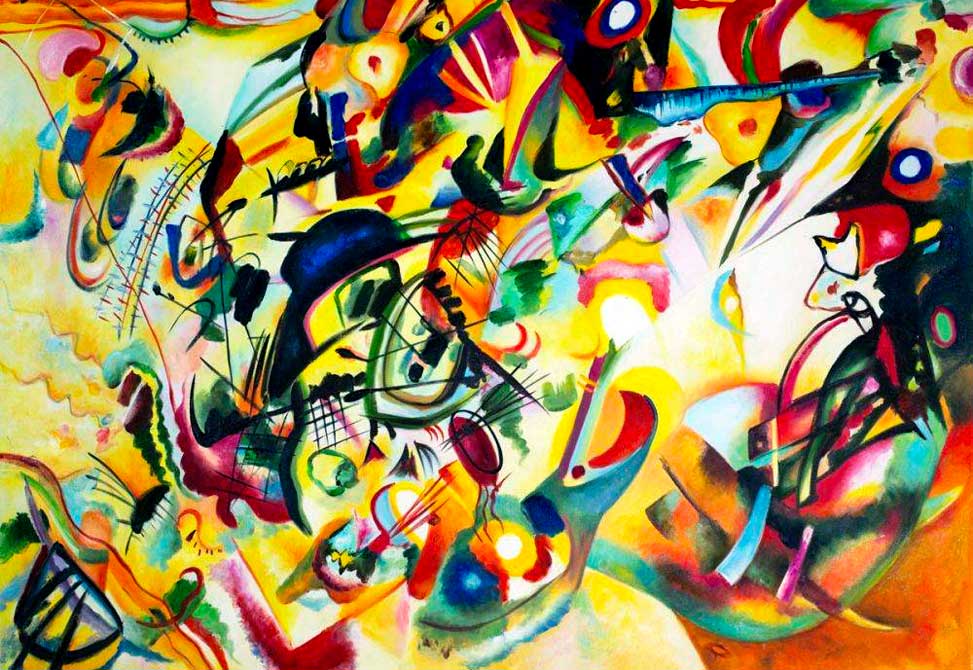
It’s tempting to think of the four preferred function-attitudes of psychological type as conscious and the four non-preferred (“shadow”) function-attitudes as unconscious—or at least as relatively conscious and relatively unconscious, respectively. This can be misleading and confusing, however, because it’s a gross oversimplification. Any function-attitude can be unconscious for a particular individual, even the dominant; and any FA, even the eighth, can (at least in theory) be conscious. The reality is that all are partially conscious and partially unconscious, and that this mix varies from person to person and changes over the course of a lifetime of development. In typical development, even our most innately preferred function-attitudes, the dominant and auxiliary, are just mostly conscious, most of the time; and the four shadow FAs are mostly unconscious, most of the time. Our often-used shorthand illustration with a line drawn between the four allegedly conscious FAs and the four “unconscious” ones is misleading because consciousness is not a sufficiently reliable characteristic for distinguishing these two sides of the psyche’s typology. It’s related to what distinguishes them, but only as a secondary and fairly unpredictable characteristic. Furthermore, in the typological model, the process of personal growth involves bringing initially-unconscious function-attitudes ever more into consciousness and integrating them into the ego—embracing them as part of the “Me.” So is it not really possible to draw a definitive line between consciousness and unconsciousness, and even if we could, that line would keep moving.
A generalization that we can make, however—one that is accurate, useful, and illuminating—is to note that the four innately preferred function-attitudes are egosyntonic and the four opposite-attitude functions are egodystonic. When we say that the four function-attitudes that are most likely to be developed into some degree of consciousness over a lifetime, the dominant, auxiliary, tertiary, and inferior, are “egosyntonic,” we’re saying that they are congruous with each other, and therefore, with one’s sense of “who I am.” They may contradict and battle with each other at times, but they are still on the same team. They fit together like pieces of a puzzle, complementing each other in many ways. And although there is a level of dynamic tension between them, it is not a tension that threatens to negate our sense of ego-selfhood—that calls into question the very legitimacy of our notion of “who I am.” A dominant introverted intuitive, for example, may struggle with her inferior extraverted sensing. But it is possible to make peace between them. We can reach a level of cooperation between these parts of ourselves, without undermining our sense of identity. Not so, however, for the ego’s shadow, the four egodystonic function-attitudes. The opposite-attitude nature of the four egodystonic FAs puts them in direct conflict with the egosyntonic function-attitudes—and therefore, with the ego itself.
Because of their incompatibility with the orientation of the ego, the egodystonic function-attitudes can rarely, if ever, be truly integrated with the conscious side of the personality, no matter how well “developed” they may become. In fact, “development” of the egodystonic FAs is usually more a matter of accepting their limitations and their primitive, archetypal nature and cultivating our ability to roughly translate their messages, while we struggle to use the associated practical skills that would naturally become well-honed if those function-attitudes were truly developed. By contrast, development of egosyntonic function-attitudes can achieve high functionality.
Archetypal energies “carry” each function-attitude to the degree that the FA is unconscious; a function-attitude that we can engage consciously can be used relatively free of the influence of the archetype that carries it when unconscious. So as a general rule, our egosyntonic function-attitudes are not only more likely to be relatively conscious, they also tend to be freer of the associations and emotional colorings of the archetypes. Granted, even our most developed, most conscious function-attitudes are never entirely free from their inherent archetypal energies. That’s because they’re never entirely conscious. Nevertheless, most people are able to engage a few FAs with a high degree of flexibility and independence from unconscious complexes.
It should also be noted that some people, including some we regard as geniuses, do develop egodystonic function-attitudes to high levels of conscious use. Jung, for example, seems to have been able to engage both extraverted thinking and introverted thinking with great skill. (Hence the unending debate about whether he was an INTJ or an INTP.) But if you look closely, you always find that such a person engages one of these skilled functions in a slightly clumsier, more forced, and more archetypally negative way. In Jung’s case, his definitions (the products of an introverted thinking focus) always seem somewhat tortured and convoluted, and a bit tinged with the didactic tone of the senex archetype. This is one reason why I see Jung as an INTJ with his well-developed introverted thinking retaining vestiges of its shadowy nature.
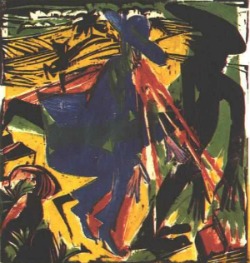
The internal archetypal structure of the egodystonic shadow personality mirrors that of the egosyntonic side, but in less “civilized,” socially acceptable ways. Thus, according to Beebe’s model, the opposite-attitude sibling of the dominant “hero/heroine” is the lead function-attitude of the shadow, and thus an “opposing personality” in the overall scheme of the psyche. The opposite-attitude of the auxiliary “mother/father” is also parental in nature, but unleashes the dogmatic, hypercritical, limit-setting side of parenting as the “witch/senex” (aka, “critical parent”). The shadow of the “puer/puella” (“eternal child”) tertiary shares its childlike irresponsibility, but it manifests with the “trickster’s” disdain and irreverence for convention and authority. And the shadow of the inferior “anima/animus” shares its “yin to my yang” otherness, but is so extremely “Other” in nature, so contrary to the ego-Me, that its energy feels “demonic” even though, like all the shadow archetypes, it can have positive value as well.
Although the terms egosyntonic and egodystonic frequently correlate with “relatively conscious” and “relatively unconscious,” using these more precise terms avoids the confusion that’s created when the issue of what is conscious and what’s unconscious is brought into the picture. While allowing us to make a meaningful distinction between the two sides of any typology, these terms do not carry explicit assumptions about the level of consciousness of any of the function-attitudes for any type—much less for an individual.
This article is excerpted from Mark’s forthcoming book, Depth Typology: C. G. Jung, Isabel Myers, John Beebe and the Guide Map to Becoming Who We Are.
References
Myers, I. (1998). Introduction to type®. Palo Alto, CA: Consulting Psychologists Press.
Images
Kandinsky, W. (1913). Sketch 3 for composition VII. Retrieved from commons.wikimedia.org
Kirchner, E. L. (date unknown). Schlemihl’s encounter with the shadow. Retrieved from commons.wikimedia.org


